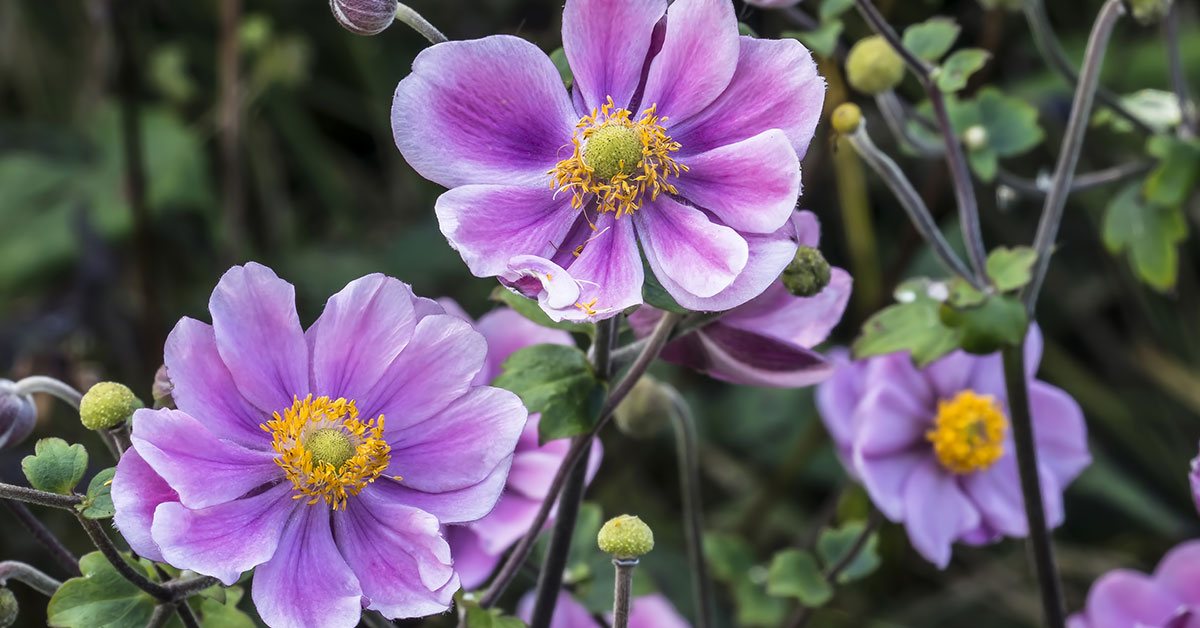Welcome to our comprehensive guide on finding the best fertilizer for Anemones, those delicate and captivating flowers that bring a touch of elegance to any garden. Anemones, with their vibrant colors and graceful blooms, require specific care to thrive and reach their full potential. In this article, we will explore the various types of fertilizers available, their essential nutrients, and the optimal application methods to ensure your Anemones flourish.
Whether you are a seasoned gardener or a beginner, this guide will equip you with the knowledge to provide your Anemones with the nourishment they need to produce abundant and stunning flowers. So let’s dive in and discover the secrets to cultivating healthy and vibrant Anemones through the power of fertilization.
Do Anemones need to be fertilized?
Anemones can benefit from fertilization for optimal growth. Fertilizing Anemones can help provide them with essential nutrients that may be lacking in the soil, promoting healthy foliage and vibrant blooms. However, it is important to use the right type and amount of fertilizer to avoid overfertilization, which can be harmful to the plants.
It is recommended to use a balanced, slow-release fertilizer specifically formulated for flowering plants, following the instructions on the package. Additionally, it is advisable to fertilize Anemones during their active growing season, typically in spring and early summer.
The best fertilizer for Anemones
For growing Anemones, a balanced fertilizer with a ratio of N-P-K (nitrogen-phosphorus-potassium) of 10-10-10 or 20-20-20 is generally recommended. This will provide the necessary nutrients for healthy growth and flowering.
Additionally, it is beneficial to choose a fertilizer that contains micronutrients such as iron, manganese, zinc, and copper. These micronutrients are essential for the overall health and vitality of the plants.
When applying the fertilizer, it is important to follow the instructions provided on the packaging. Generally, it is recommended to apply the fertilizer every 4-6 weeks during the growing season. Be sure to water the plants thoroughly after fertilizing to help the nutrients penetrate the soil and reach the plant’s roots.
It is also worth noting that Anemones prefer a slightly acidic soil pH level between 6.0 and 7.0. If your soil pH is outside this range, you may need to adjust it using soil amendments or pH-adjusting fertilizers to create the optimal growing conditions for Anemones.
When to fertilize Anemones
The ideal time to fertilize Anemone plants is in early spring, just as new growth begins to emerge. This is typically around late February to early March, depending on your specific climate and region. Fertilizing at this time provides the plants with the necessary nutrients to support healthy growth and vibrant blooms throughout the growing season. It is important to avoid fertilizing Anemones during their dormant period in winter or late fall, as this can disrupt their natural growth cycle.
Common issues with fertilizing Anemones
When fertilizing Anemones, there are a few common issues or problems that can arise. Here are some of them:
- Over-fertilization: Anemones are sensitive to excessive fertilization. Applying too much fertilizer can lead to nutrient burn, causing the leaves to turn yellow or brown, and potentially damaging the plant. It is important to follow the recommended dosage and frequency mentioned on the fertilizer packaging.
- Under-fertilization: On the other hand, insufficient fertilization can result in nutrient deficiencies, leading to stunted growth, pale leaves, and reduced flowering. Anemones require a balanced supply of essential nutrients to thrive, so it is crucial to provide them with adequate fertilization.
- Improper timing: Timing is crucial when fertilizing Anemones. Applying fertilizer at the wrong time can disrupt their growth cycle and flowering. It is generally recommended to fertilize Anemones during their active growing season, which is typically in spring and early summer. Avoid fertilizing during their dormant period or late in the growing season.
- Incorrect fertilizer type: Anemones prefer a well-balanced fertilizer with equal ratios of nitrogen (N), phosphorus (P), and potassium (K). Using a fertilizer with an imbalanced nutrient ratio can lead to issues. For example, excessive nitrogen can promote leafy growth at the expense of flowering. It is best to use a slow-release or organic fertilizer specifically formulated for flowering plants.
- Fertilizer runoff: Anemones are typically grown in garden beds or containers. If excessive fertilizer is applied or heavy rainfall occurs, it can cause fertilizer runoff. This runoff can contaminate nearby water sources and harm the environment. To prevent this, it is important to apply fertilizers sparingly and avoid overwatering.
To ensure healthy growth and vibrant blooms, it is advisable to monitor the plants closely, follow the recommended fertilization guidelines, and adjust the fertilizer application based on the specific needs of your Anemones.













